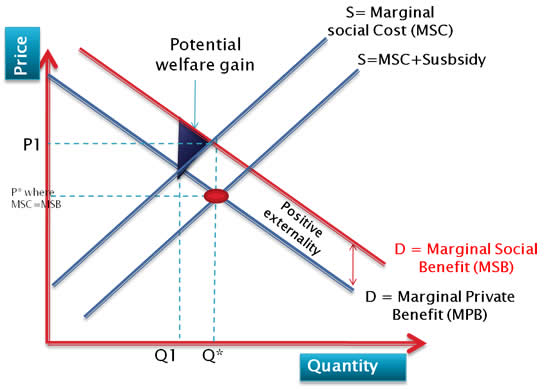

It means those who live in the areas of the world facing severe water scarcity are more likely to be food insecure. If you compare a map indicating the areas in the world suffering from severe water scarcity with a map showing the areas in the world suffering from severe food insecurity, you will find many of the locations overlap. That is a little more than 700 million people worldwide who do not have access to nutritious and sufficient food. For countries to obtain national food security, there must be enough fresh, clean water for individual health, livelihoods, and ecosystems to thrive.Īccording to the latest estimates from the UN Food and Agriculture Organization (FAO), 9.2 percent of the global population experience severe levels of food insecurity. Water scarcity and irregular rainfall patterns are at the core of the global water crisis, and are proving to be a barrier in facilitating food secure populations. Since water is vital to sustainable and resilient food systems, the increased competition for water, in areas where water is already scarce, could be detrimental to the food supply. One of the many positive externalities of water is increased food security and nutrition, which, as a result, enhances a country’s economic value.Īccording to research, the total global water demand could double by 2050.

Positive externalities are the secondary benefits individuals and the public reap from clean, accessible water.

These indirect benefits are called positive externalities. The benefits are felt across various industries and within the lives of people all around the world. Clean, accessible water does more than quench thirst and clean hands. It is easy to conceptualize the direct benefits of clean water, but its impact goes beyond what we can see.


 0 kommentar(er)
0 kommentar(er)
